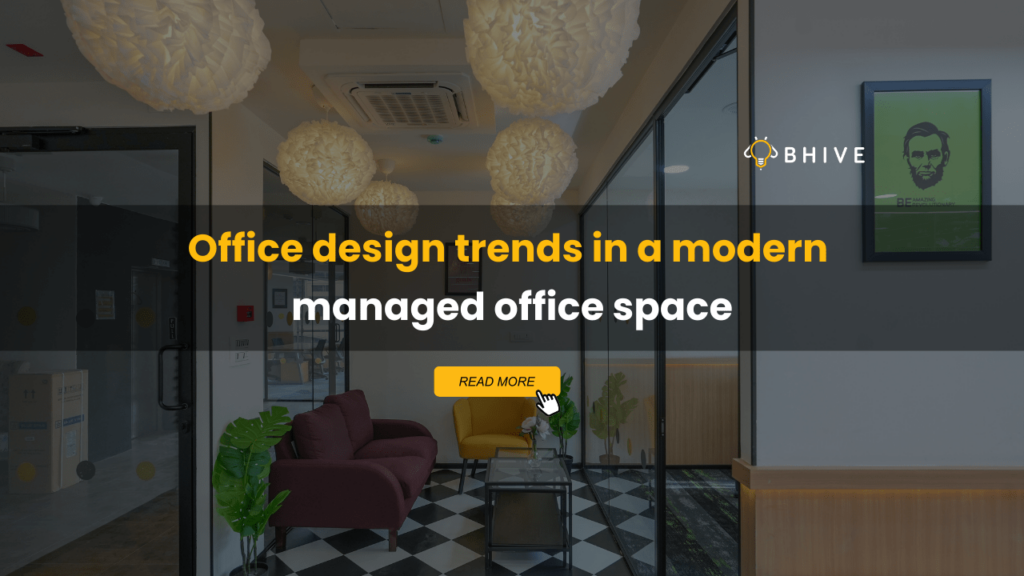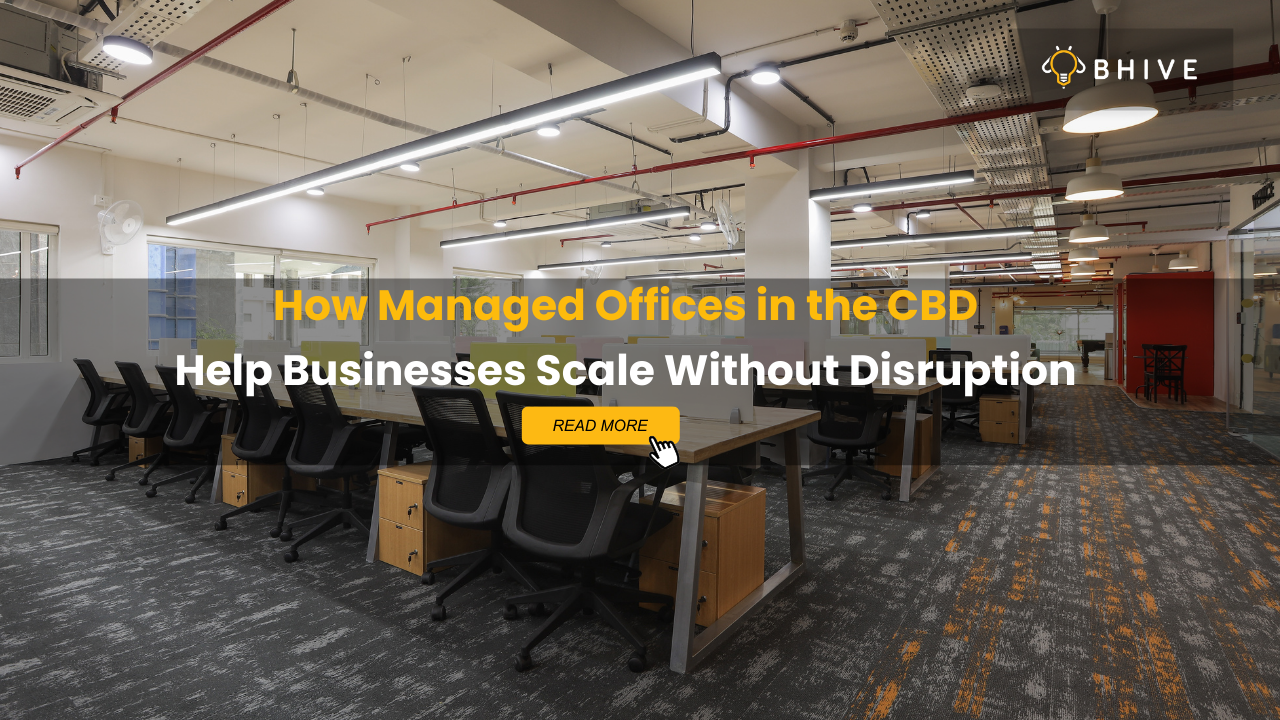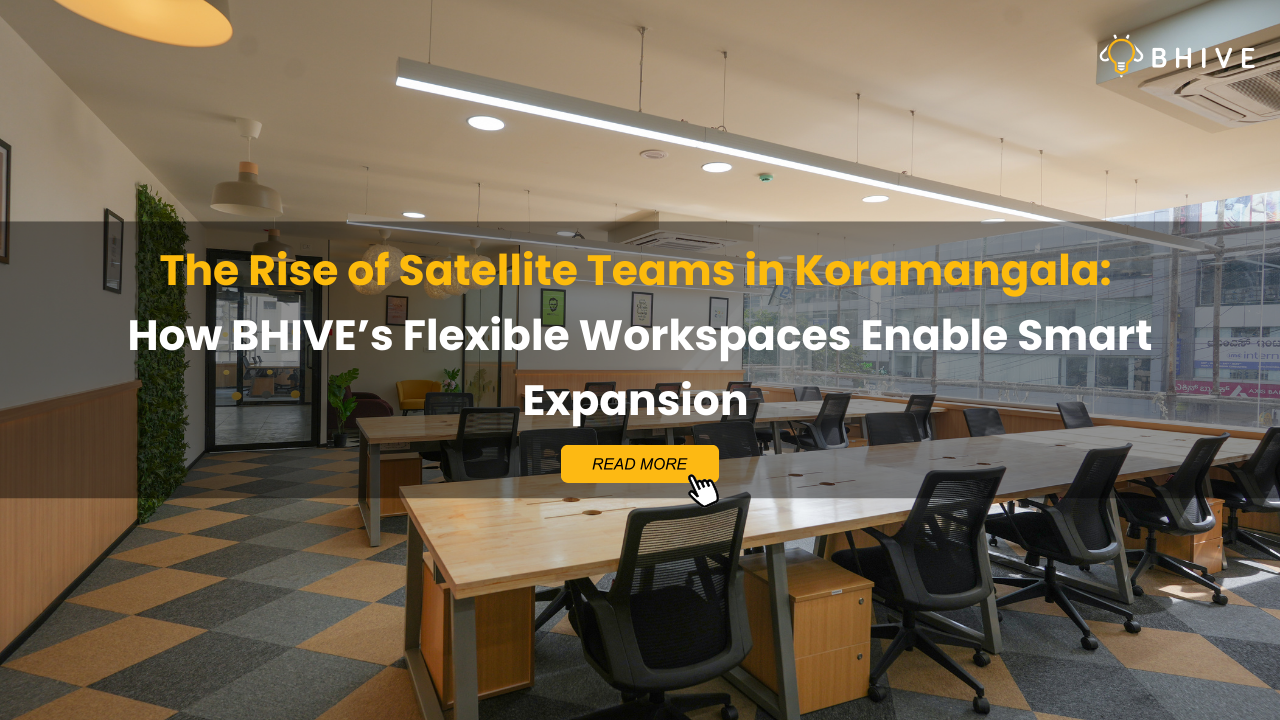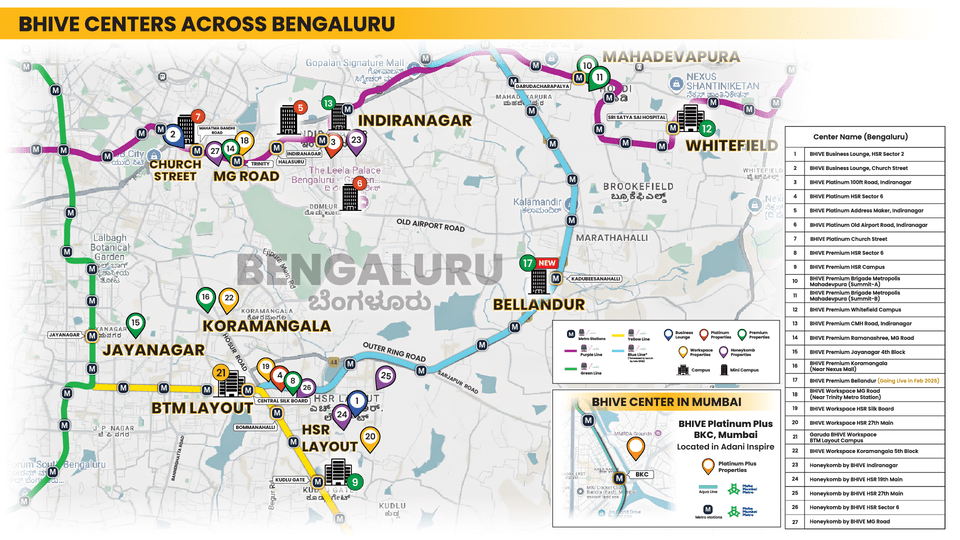The evolution of managed office spaces in India

In the recent past, Indians’ working style has altered significantly. Of the most noticeable developments, one is the emergence of managed workplace environments. Companies—especially startups and SMEs—have shifted their view of their workspace needs to ready-to-use office spaces that companies may rent, fully furnished with furniture, internet, and stuff.
With rising economic development, fast technological innovation, and evolving work culture, the concept of managed office spaces has made quick progress in the country. The article will follow the development of these areas over time, their influence on the Indian corporate scene, and what this vibrant industry may have in store going forward.
Indian traditional office spaces: Early days
We must first see how offices used to be in India if we can appreciate how managed office environments developed. Companies would historically purchase or lease whole buildings or floors for use in their activities. This presented a unique set of issues as well.
- Inherent high initial costs: Companies used to spend a lot on setting up an office.
- Long-term commitment: Leases used to be for a longer period, generally 3-5 years or more.
- Maintenance headaches: The businesses were responsible for every bit of office maintenance.
- Inflexibility: Scaling up or down with changing business needs was tough.
For years, this was the way things were done in India. Large corporations could handle these issues, but for a small business or startup, the financial and logistical burdens of traditional office space were often unbearable.
Suggested read: Why choose managed office spaces over traditional offices?
Business centres – The First Foray into Managed Spaces
The business centers began to spring up in India in the late 1990’s and early 2000’s. In some ways, these were forerunners of managed office spaces. Business centers offered the following facilities:
- Shared reception areas
- Meeting rooms are available on an hourly rental basis
- Simple office equipment like printers and faxes
- Short-term office rentals
While not as inclusive as today’s managed office spaces, business centers pioneered the idea of flexible, shared office resources. More significantly, though, the needs they served made them quite popular with freelancers, consultants, and small businesses that couldn’t afford traditional office setups.
Coworking revolution: The new way of working
Next to come in, though, was the coworking revolution at the beginning of the 2010s in India. Coworking spaces are a more modern and collaborative way of thinking about the office. Important features are:
- Open-plan layouts encourage interaction
- Membership flexible models: day-to-day, week-to-week, or month-to-month
- Community and networking events
- Trendy, creatively designed spaces
Coworking spaces turned out to be very successful, mostly with startups and young professionals. They offered not only space for working but also a lively community and networking opportunity as well. This model overcame most of the drawbacks of traditional office space, providing flexibility and affordability with a more engaging work environment.
The evolution into managed office spaces
With the maturing of the Indian business ecosystem, a new need emerged. Many companies—most of them growing startups and SMEs—wanted the flexibility and community aspects of coworking spaces; on the other hand, though, they also wanted a more private atmosphere with branded environments. This ushered in the development of managed office spaces as we know them today.
Managed office spaces can be termed as a blend between traditional offices, business centers, and coworking spaces. They offer:
- Fully furnished, private offices
- Flexible lease terms—as short as six months in many cases
- All-inclusive pricing for rent, utilities, Internet, and maintenance
- Access to shared amenities that may include meeting rooms, cafeterias, and recreation areas
- Professional management handling day-to-day operations
This model has several advantages that include the following:
- Cost-effectiveness: Corporations avoid large upfront setup costs and reduce ongoing maintenance expenses.
- Flexibility: It becomes easy for a business to scale up or down in space as per requirements.
- Centre of attention towards the core business: The management headache associated with offices is taken away from the company’s focus so that the company can concentrate more on its main activities.
- Professional outlook: They portray a more professional outlook as compared to the simple coworking arrangement.
The managed office space model has seemed to especially catch the interest of mid-sized firms, international companies entering the Indian market, and a segment of fast-growing start-ups.
Suggested read: Demand for managed office spaces is soaring!
The impact of technology and the pandemic
The two main factors in recent times that have impacted the growth of managed offices in India are technology changes and the COVID pandemic.
Impact of Technology
- Smart office solution: Today, app-based booking systems for desks and meeting rooms are available in most managed spaces.
- High-speed internet and video conferencing facilities: These have become a necessity for all modern businesses, especially in recent times with an increasing work-from-home culture.
- IoT integration: Advanced spaces have adopted IoT technology for efficient energy management and to enhance user experience.
The Pandemic Effect
The COVID-19 pandemic expedited the following trends in managed office spaces:
- Increased focus on health and safety: Spaces are being sold on cleanliness, social distancing, and air quality.
- Hybrid work models: Increasingly, companies now prefer a mix of remote and in-office work; hence, there’s demand for more flexible office solutions.
- Decentralization: More interest is developing in having smaller satellite offices closer to where employees live rather than large central locations.
These factors have forced managed office space providers to innovate and adapt their offerings to meet new market demands.
Future of managed office spaces in India
The future for managed office space in India looks promising, with growth and evolution. There are a few trends more than likely to shape the future:
- Expanding beyond metro cities: Managed office spaces are presently located in key urban centers but will see a spread to Tier-2 and Tier-3 cities as businesses decentralize.
- Customization: Providers may offer more tailored solutions to meet specific industry or company needs.
- Advanced technologies integrated: More AI-driven space management, virtual reality meeting rooms, and other such cutting-edge tech integrations are most likely to develop.
- Sustainability: Eco-friendly designs and operations will become more frequent, having a better awareness of environmental issues.
- Employee well-being-oriented spaces: As office designs focus more on employee well-being, added features will include meditation rooms, gymnasiums, ergonomic furniture, and other such facilities.
- Blended work and lifestyle: A few managed office spaces may graduate to mixed-use developments where work areas would coexist with residential and recreational facilities.
- More community building: Providers offer more networking events, workshops for skill-sharing, and other kinds of community activities to add value beyond the physical space.
Conclusion
The evolution of managed office spaces in India thus mirrors the broad changes in its economy and work culture. From traditional offices to business centers, coworking spaces, and now fully managed office solutions, it has been an evolution of space that increases flexibility, efficiency, and a focus on user experience. With India still remaining a hotbed for startups and an upcoming destination for international businesses, the need for more flexible and hassle-free office solutions is bound to increase. Managed office spaces, which come with the ability to change according to changing needs and preferences, are better placed to meet these demands.
In the future of work in India, different companies will go for different combinations of traditional offices, managed spaces, coworking setups, and remote work. In this regard, managed office spaces offer a compelling middle ground – combining the professionalism of traditional offices with the flexibility and community aspects of modern work environments.
The sector is going to play a very vital role in shaping not just where Indians will work in the future but also how they will work, collaborate, and innovate. For more blogs like these, you can visit our website at BHIVE Workspace.








